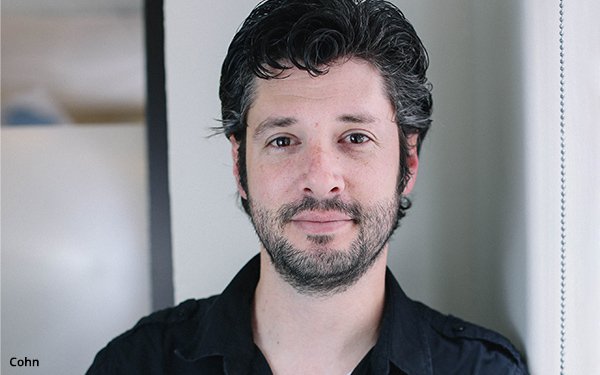
Publishers have advanced from being basic news providers:
They now bundle a range of services, from newsletters to podcasts, in an effort to increase both revenue and engagement.
Among other things, they want to create a relationship directly
with the audience, not one that’s mediated through social media, says David Cohn, co-founder and chief strategy officer of Subtext, a firm that helps with the
process.
One big believer in bundling is The New York Times, which added nearly 200,000 subscribers in the last quarter. The Times says that more
than one-third of its nearly 10 million readers subscribe to more than one Times product.
Of course, not every organization has that kind of scale: even for the Times, it
costs money to put out newsletters.
advertisement
advertisement
“Building your first newsletter product is harder than building your fifth,” Cohn says. Content flow may increase, but “it allows
you to scale, to go into new audiences and figure the lifetime value of subscribers.
For instance, how much does LTV go up when churn is reduced? You can use that to determine how much you can
spend per subscriber, Cohn says.
Moreover, not all bundling features consist of expensive created content: Publishers can bundle with local events, as The
Atlanta Journal Constitution does; even Mom & Pop local media can team up with local retailers and restaurants to offer value — the key word.
“The main reason people
unsubscribe isn’t because of cost, but because they’re no longer engaged with the brand,” Cohn says. “If they only engage once per week, they question the bill when it
comes.”
He adds, “The more products you offer, the more people connect with the brand."
Subtext specializes in SMS, working with titles such as The Washington
Post, New York Post, and a host of Gannett publications.
Can texts be a value-added bundled service?
Sure: Titles like the Post will typically offer texts
related to big team sports. But there are many other uses; during a hurricane or other public emergency, news organizations typically provide text alerts for free.
One problem with texts
— as with disseminating content to any audience — is not understanding your audience: The content has to be tied to your overall offering (as with sports and ESPN). And
don’t think that if you build it, they will come. “You have to market it,” Cohn says.
Pricing also has to be thought through. “You can raise prices, but you have
to know you are providing value,” Cohn says. Above all, publishers have to be strategic about bundling.
Who’s doing it right?
One publisher that
gets it is The Wall Street Journal, which just launched an investment podcast for “Joe Sixpack.” It’s a different audience, but the Journal wants to get
them in.
The Journal also offers benefits like a sketch of the subscriber in the style of its famed hed cuts.
"People may not subscribe to get a hed cut sketch of
themselves, but it’s another way of engaging,” Cohn says. “If you use your sketch for your Facebook page, you’re engaging with the brand every day!”